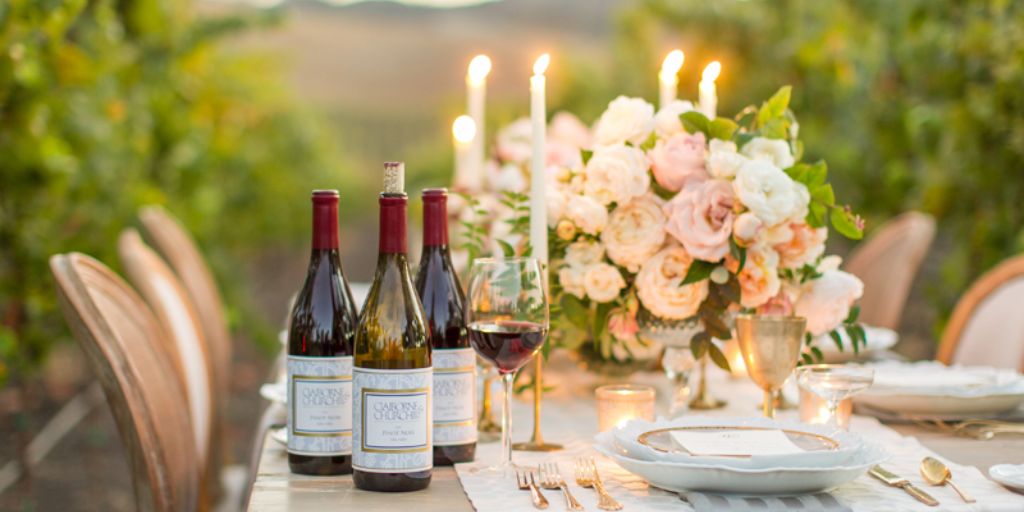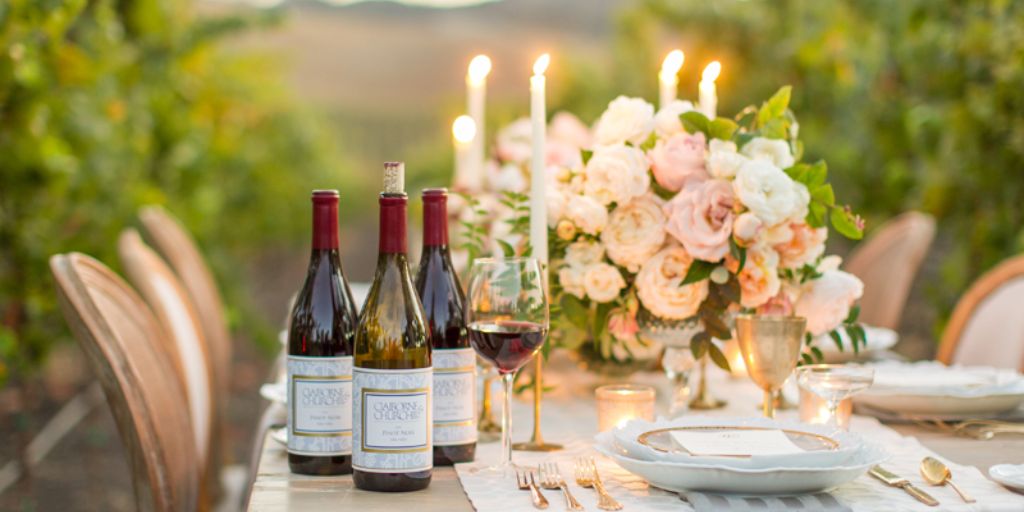A wine-themed vacation is a dream come true for enthusiasts eager to explore vineyards, savor local varietals, and immerse themselves in the culture of winemaking regions around the world.
Whether you’re a casual wine lover or a seasoned oenophile, a trip dedicated to wine offers a blend of scenic beauty, culinary delights, and enriching experiences.
Planning a successful wine vacation requires a blend of research, timing, and logistics, but the reward is unforgettable memories paired with incredible wines.
This guide will walk you through the essential steps for crafting the perfect wine getaway—from choosing your destination and planning tastings to transportation and activities beyond the glass.
Step 1: Choose the Right Wine Region
The first step is deciding where you want to go. Some wine regions are world-famous and vast, while others are smaller and more intimate. Here are some top regions to consider:
Classic Old-World Regions
-
Bordeaux, France: Known for its grand estates and prestigious blends of Cabernet Sauvignon and Merlot.
-
Tuscany, Italy: Famous for Chianti and Brunello di Montalcino, plus stunning rolling hills and medieval towns.
-
Douro Valley, Portugal: Home of Port wine and breathtaking terraced vineyards.
-
Rheingau, Germany: Renowned for Riesling wines and charming riverside villages.
New-World Regions
-
Napa Valley, California: World-renowned for its bold Cabernet Sauvignons and luxury wineries.
-
Mendoza, Argentina: Known for Malbec and the backdrop of the Andes Mountains.
-
Marlborough, New Zealand: Famous for vibrant Sauvignon Blanc.
-
Stellenbosch, South Africa: Produces robust reds and crisp whites amidst dramatic landscapes.
When choosing, consider factors like your wine preferences, the kind of scenery you want, and your travel budget.
Step 2: Decide the Timing of Your Trip
Wine regions can look and feel very different depending on the season. Timing affects everything from vineyard scenery to available activities.
-
Harvest Season (Late Summer to Early Fall): The most vibrant time, with grape picking and crush activities. Expect bustling wineries, festivals, and a unique chance to see winemaking in action.
-
Spring and Early Summer: Vineyards are lush with new growth, and weather is pleasant. Fewer crowds make for a relaxed visit.
-
Winter: Many wineries close or offer limited tours, but the quiet season can offer a cozy and intimate experience with lower rates.
Check the local harvest calendar of your destination to align your trip with the activities you want to experience.
Step 3: Plan Your Winery Visits and Tastings
Booking tastings and tours in advance is crucial, especially in popular regions.
-
Research Wineries: Look for a mix of large, iconic estates and smaller boutique wineries for a well-rounded experience.
-
Group Tastings: Many wineries offer tastings by appointment and limit group size. Booking ahead ensures you won’t be turned away.
-
Special Experiences: Some vineyards offer unique activities like blending sessions, barrel tastings, or vineyard hikes—reserve these early.
-
Pace Yourself: Plan no more than 3-4 tastings per day to savor each visit without rushing.
Step 4: Arrange Transportation
Getting around wine regions can be tricky, as many wineries are spread out and rural. Here are your options:
-
Hire a Driver or Join a Tour: The safest and most relaxing way to enjoy tastings without worrying about driving.
-
Rent a Car: Gives flexibility but be mindful of drinking and driving laws.
-
Bike or E-Bike Tours: Popular in compact regions like Tuscany or parts of California, combining exercise with exploration.
-
Public Transport or Shuttles: Some regions offer wine shuttle services connecting major wineries.
Safety first—always designate a driver or use professional transport if you plan on drinking.
Step 5: Choose Accommodation Near Vineyards
Staying close to wineries maximizes your time and allows for easy access to tastings and dining.
-
Winery Guesthouses and Boutique Hotels: Many estates offer charming accommodations, letting you immerse yourself fully in the wine lifestyle.
-
Vacation Rentals: Villas or cottages in wine country offer privacy and flexibility.
-
Town or City Stays: Nearby towns often provide great dining, shopping, and cultural experiences along with proximity to vineyards.
Consider the vibe you want—whether rustic countryside or lively town life.
Step 6: Explore Food and Dining Options
Wine and food go hand in hand. Make sure to indulge in local cuisine paired with regional wines.
-
Winery Restaurants: Many wineries have onsite dining with menus crafted to showcase their wines.
-
Local Eateries: Try traditional dishes that complement the wine style of the area.
-
Picnic Among the Vines: Some vineyards offer picnic spots—grab local cheeses, bread, and charcuterie for a memorable outdoor meal.
-
Cooking Classes: In some regions, you can take cooking classes focused on regional dishes and wine pairings.
Don’t hesitate to ask winery staff for food pairing suggestions—they’re often knowledgeable and happy to share.
Step 7: Add Non-Wine Activities
While wine will be the focus, don’t forget to enjoy other attractions the region offers.
-
Cultural Sites: Castles, museums, historic towns, and local markets enrich your experience.
-
Outdoor Adventures: Hiking, biking, or boat tours can provide a refreshing break between tastings.
-
Spas and Wellness: Many wine regions boast spas using grape extracts or vinotherapy.
-
Festivals and Events: Time your trip to coincide with wine festivals, harvest celebrations, or concerts for extra fun.
Balancing wine time with other activities keeps the trip dynamic and memorable.

Step 8: Pack Smart
Consider the climate and activities when packing:
-
Comfortable shoes for vineyard walks
-
Layers for variable weather
-
A hat and sunscreen for outdoor tastings
-
A notebook or app for tasting notes
-
A reusable water bottle to stay hydrated
-
Space in your luggage for wine bottles (check airline regulations)
Step 9: Budget Wisely
Wine vacations can be expensive, so plan your budget carefully:
-
Factor in tastings, meals, accommodations, and transport.
-
Allocate funds for buying wines—many wineries only sell their best bottles onsite.
-
Look for package deals or wine tours that include transport and tastings.
-
Consider traveling during shoulder seasons for better rates.
Final Tips for a Successful Wine-Themed Vacation
-
Be adventurous: Try new varietals and wines you wouldn’t usually buy at home.
-
Take your time: Savor the experience, don’t rush from winery to winery.
-
Engage with locals: Winemakers and staff often provide the best stories and insights.
-
Stay hydrated and eat well: Balance wine with food and water.
-
Document your trip: Photos and tasting notes help you remember your favorites.
Conclusion
Planning a wine-themed vacation is about more than just visiting vineyards—it’s a journey into the culture, landscape, and craftsmanship behind every bottle.
With thoughtful planning, your trip will be filled with spectacular wines, unforgettable scenery, delicious food, and enriching experiences that deepen your appreciation of wine and travel alike.
Whether you choose the rolling hills of Tuscany, the rugged coastlines of California, or the historic vineyards of Germany, a wine vacation offers a perfect blend of education, indulgence, and relaxation. Cheers to your next great adventure!


